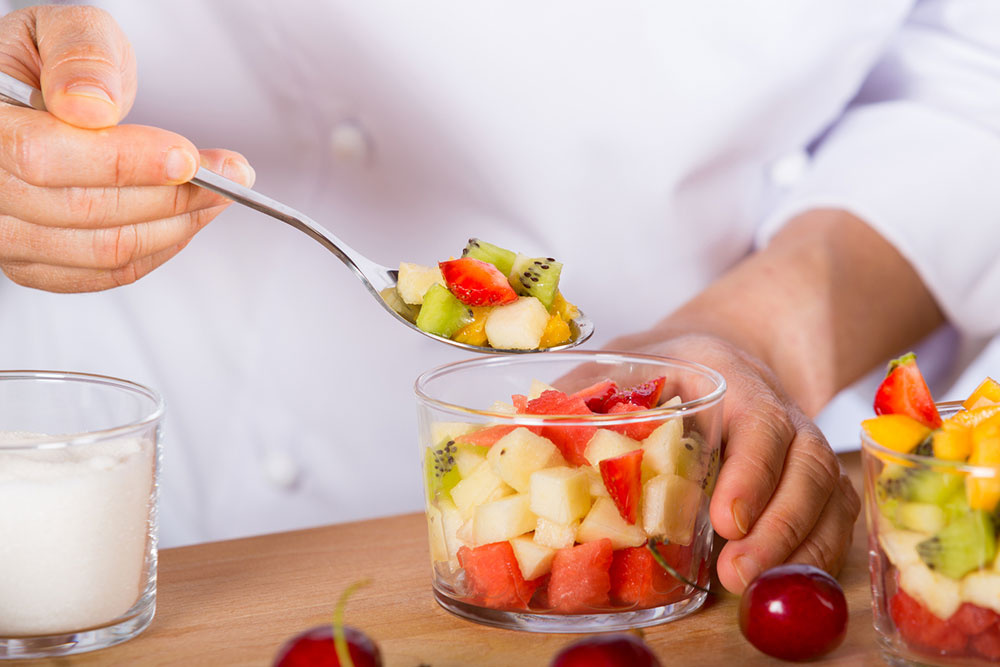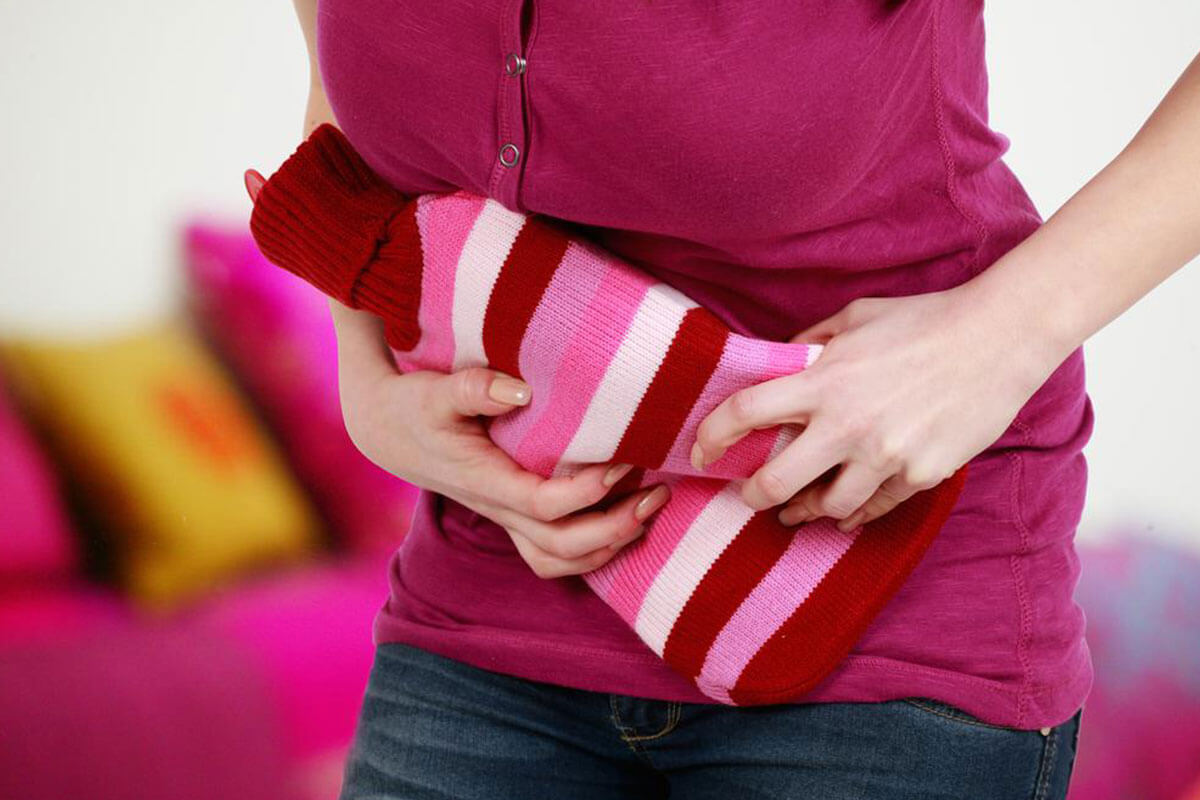Foods that will help you fight lymphoma

When a person suffers from lymphoma, nutrition plays a vital role in the treatment. The cancer of the lymph nodes is known as lymphoma. The lymph nodes are a mass of tissues that helps in protecting the body against infections. Consuming a well-balanced diet can help a person feel better, thus improving the chances of recovery.
There are various factors that can increase the tendency of developing lymphoma. Lymphoma comes in different types, and there are several factors that can cause the illness. But the causes for developing this condition differ from one patient to the other. Many people who suffer from this illness may not have a known cause. One of the major risk factors associated with lymphoma are issues related to the person’s immune system. Unlike other cancers, lymphoma may be a result of the person’s lifestyle. In order to tackle the symptoms of lymphoma, the following foods can be included in your diet.
Protein
Proteins will help the body to repair tissues and cells. It will also help in the recovery of the immune system. One should include in their meals lean protein obtained from snacks and meals. Eggs, soy foods, nuts and nut butters, beans, dairy products that contain low fats like dairy substitutes, milk, cheese, and yogurt are other options from which one can derive lean proteins.
Whole grains
One should also include whole grains in their meals as they are a good source of fiber and carbohydrates that help the person’s energy levels to rise. Oatmeal, whole grain pastas, whole wheat bread, and brown rice are alternate sources of whole grain foods.
Fruits and vegetables
On a daily basis, one needs to eat different types of vegetables and fruits. Vegetables and fruits are packed with antioxidants that help one fight against cancer. In order to get more benefits, one should consume vegetables and fruits of different colors. One should attempt to eat at least a minimum of five servings of vegetables and fruits on a daily basis.
Healthy fats
One needs to select sources of fats that are healthy. A person suffering from lymphoma should not eat foods that are fatty, greasy, and fried. One should opt eating foods that are either grilled, boiled, or baked. Avocados, nuts, olive oil, and seeds are sources of healthy fats.
A person suffering from lymphoma should limit the intake of sugars and sweets. Foods like sweets and desserts offer little nutritional benefits. They mainly replace most of the nutritious foods that are highly beneficial for a person suffering from lymphoma.
One needs to consume a sufficient amount of fluids if they are suffering from lymphoma. A person suffering from this disease will need to drink at least sixty-four ounces of fluid on a daily basis. One needs to avoid having a lot of caffeinated beverages — this is because too much caffeine can cause dehydration.


